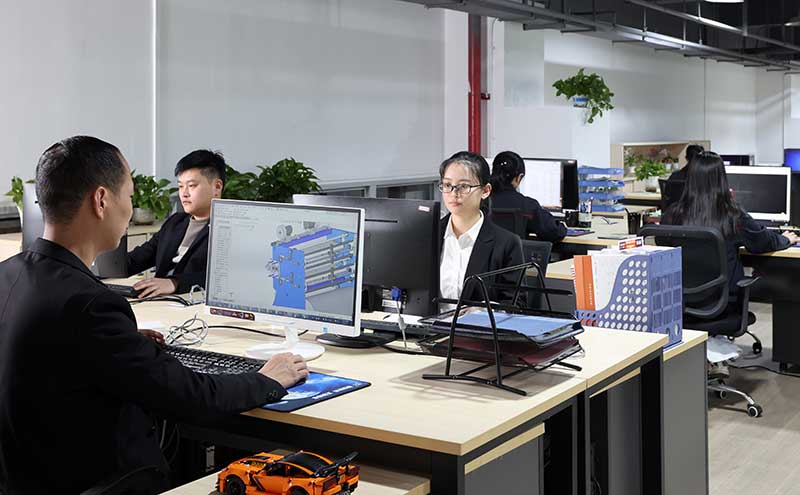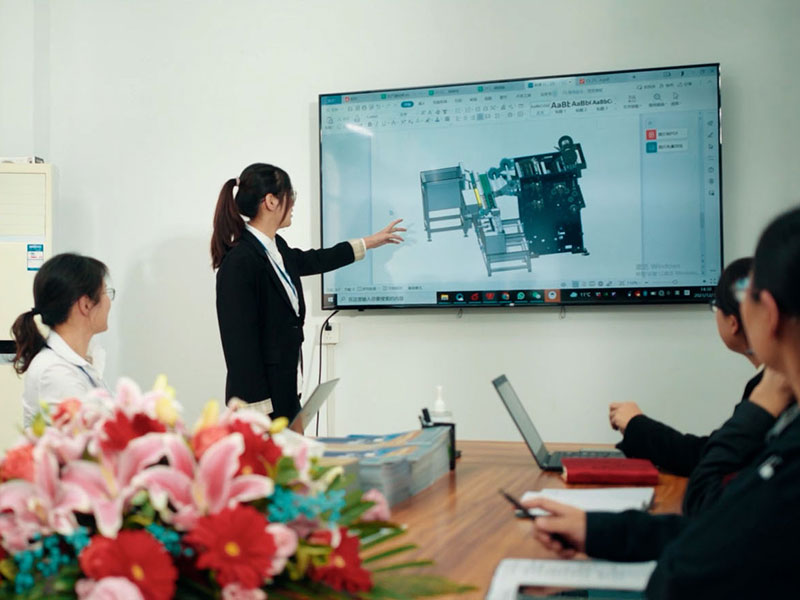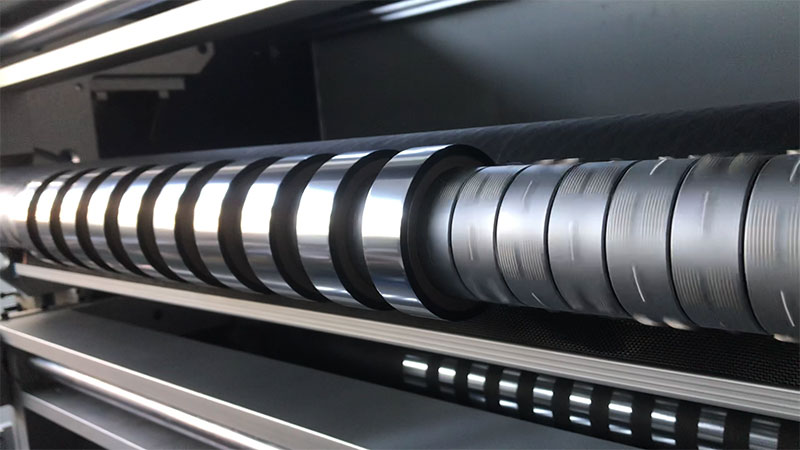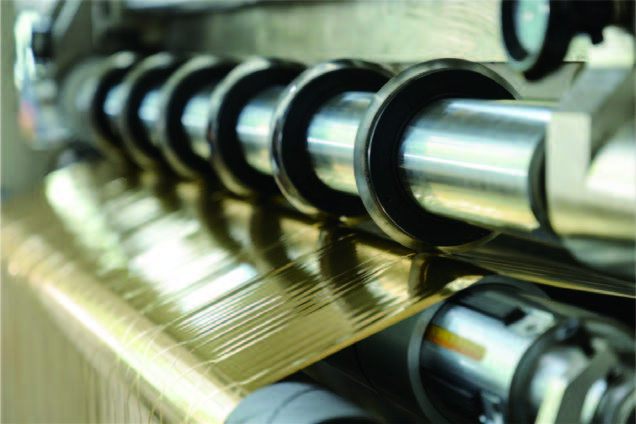introduction
In today's increasingly competitive manufacturing industry, digital transformation has become a key path for enterprises to improve efficiency, reduce costs, and enhance competitiveness. This article takes the slitting and rewinding equipment of a traditional factory as an example to describe in detail the transformation process from traditional operation mode to intelligence, showing the actual value and challenges of digital transformation.
1. The pain points of traditional slitting and rewinding machines
Slitting rewinders are the core equipment of papermaking, packaging, film and other industries, used to slice large coils of materials into the specifications required by customers. In the traditional model, factories face the following problems:
1. High dependence on labor: tool adjustment, tension control, defect detection and other links rely on the experience of the master, which is inefficient and prone to errors.
2. Isolated production data: Equipment operating parameters, output, and fault records are all paper or scattered spreadsheets, which are difficult to analyze and optimize.
3. Unstable quality: The slitting accuracy and rewinding quality are greatly affected by human factors, and the customer complaint rate is high.
4. Frequent downtime: Equipment maintenance relies on regular overhauls, and sudden failures can lead to unplanned downtime.

2. The four stages of digital transformation
Phase 1: Automation Transformation (Base Layer)
• Equipped with sensors and PLC control
High-precision sensors are installed in key parts of the slitting machine (such as tension rollers, tool holders), real-time collection of tension, speed, temperature and other data, and local automatic adjustment through PLC.
• Initial Effects:
Tension control stability is improved by 30%, reducing material fracture caused by improper manual adjustment.
Phase 2: Data Interconnection (Informatization)
• Build a SCADA system
Connect PLC data to the central monitoring system to visualize equipment status and record historical data.
• Barcode traceability system
Generate unique codes for each roll of finished products, associate production parameters, and facilitate quality traceback.
•Challenge:
Different brands of device protocols are not compatible, so customized data interfaces need to be developed.

Phase 3: Intelligent Analytics (Digital)
• AI defect detection
Industrial cameras are installed to identify defects such as slitting edge burrs and material fouling through machine learning algorithms, with an accuracy rate of 95% (the original manual detection rate is only 80%).
• Predictive maintenance
Establish equipment health models based on vibration and temperature data to predict bearing failures one week in advance and reduce unplanned downtime by 60%.
• Dynamic optimization
Automatically recommend the best slitting parameters based on material properties (e.g., paper weight, film thickness) to reduce test machine waste.
Stage 4: Whole process collaboration (intelligence)
• MES system integration
The slitting machine is linked with the upstream coating machine and the downstream packaging line to realize automatic order scheduling and intelligent scheduling of materials.
• Digital twin applications
Virtually simulate the slitting process, optimize tool path design, and increase material utilization by 5%.
• Customer portal
Customers can submit slitting specification requirements online, and the system automatically generates process plans and feedback delivery dates.

3. Summary of transformation results and experience
1. Quantify returns
◦ 40% increase in production efficiency and 15% reduction in energy consumption
◦ Product defect rate reduced from 3% to 0.5%
◦ Reduce customer order lead times by 50%
2. Key success factors
• Step-by-step implementation: From single-point automation to global intelligence, avoid the risk of "one-step".
• Talent integration: Establish an "OT+IT" team that understands both equipment technology and data analysis.
• Standardization first: Unify data formats and interface protocols to reserve space for subsequent expansion.
3. Future direction
Explore 5G+ edge computing to achieve real-time remote control and access to industry cloud platforms to share production capacity.
epilogue
The transformation of this factory shows that the digitization of traditional equipment is not a simple technical superposition, but a "data-driven" reconstruction of production logic. The intelligent road of slitting and rewinding machines is the epitome of China's manufacturing industry moving from "manufacturing" to "intelligent manufacturing".
 Long-term reliability maintenance guide for ribbon slitting machines
Long-term reliability maintenance guide for ribbon slitting machines One-Click Operation: How the Convenience of Ribbon Slitting Machines Reshapes Workflows
One-Click Operation: How the Convenience of Ribbon Slitting Machines Reshapes Workflows Ribbon slitting machine: when precision meets user-friendly, the humanistic change of industrial design
Ribbon slitting machine: when precision meets user-friendly, the humanistic change of industrial design Reduced downtime: Reliability improvement solution for hot stamping foil slitting machines
Reduced downtime: Reliability improvement solution for hot stamping foil slitting machines High reliability commitment: Durability testing and guarantee of hot stamping foil slitting machines
High reliability commitment: Durability testing and guarantee of hot stamping foil slitting machines